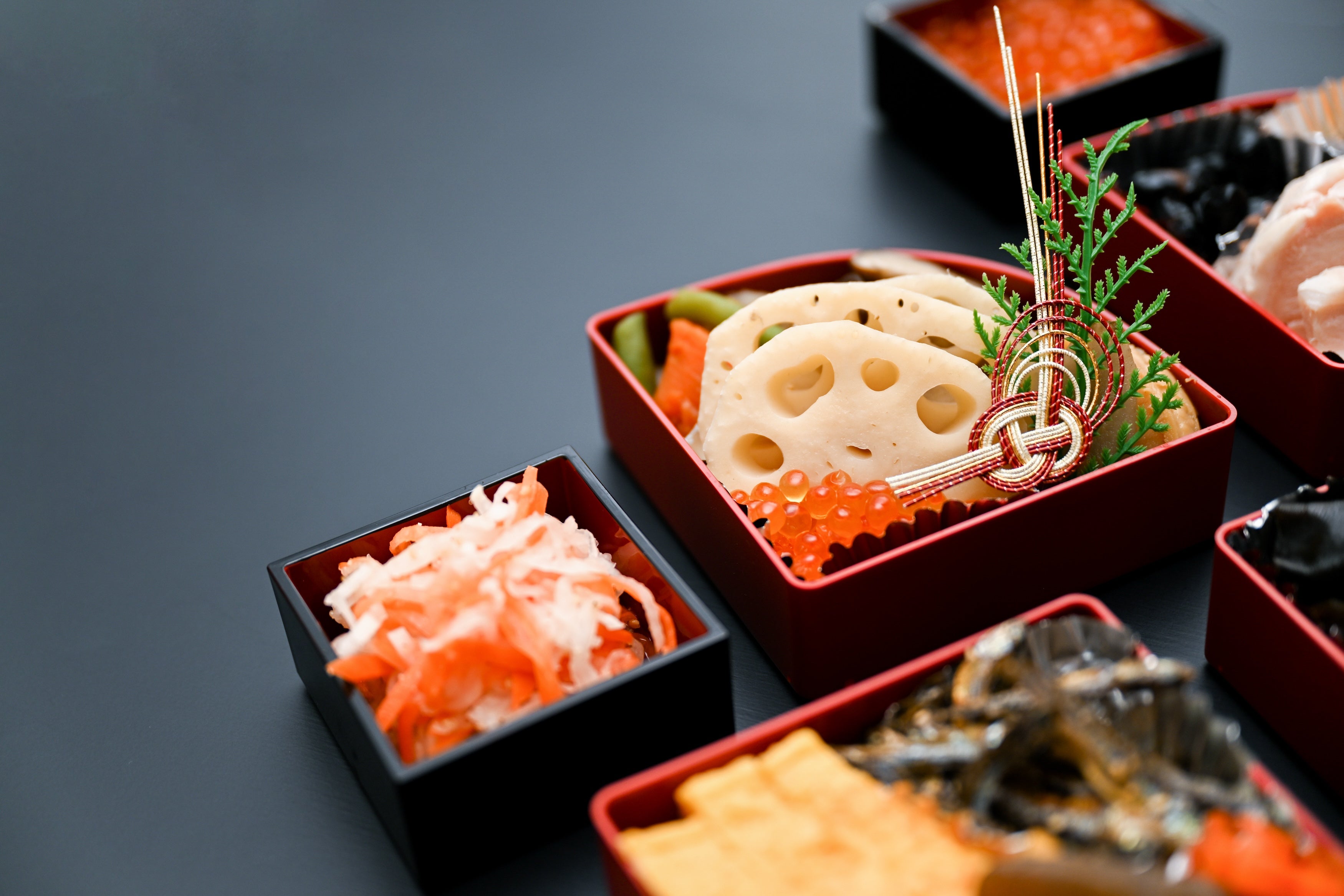

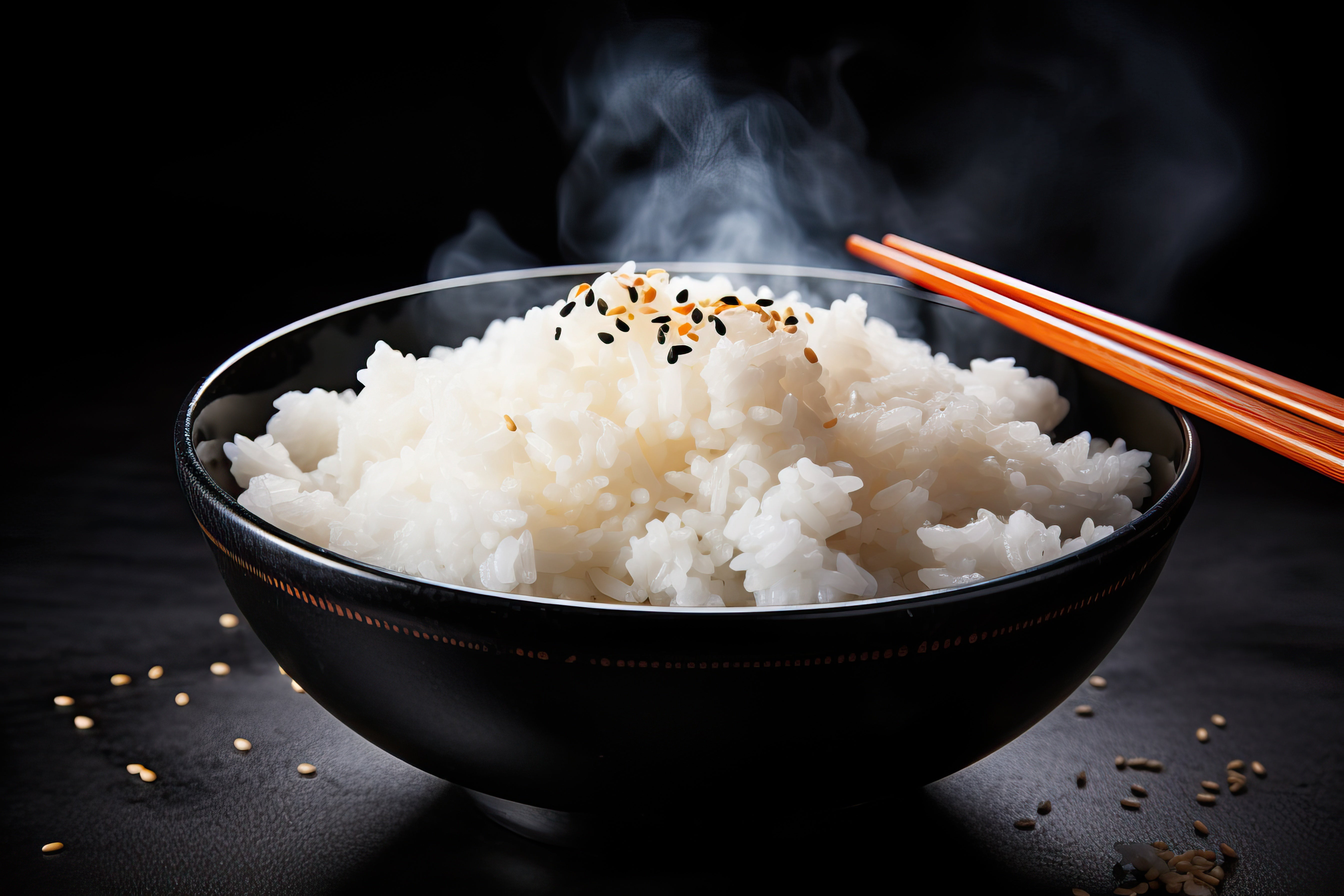

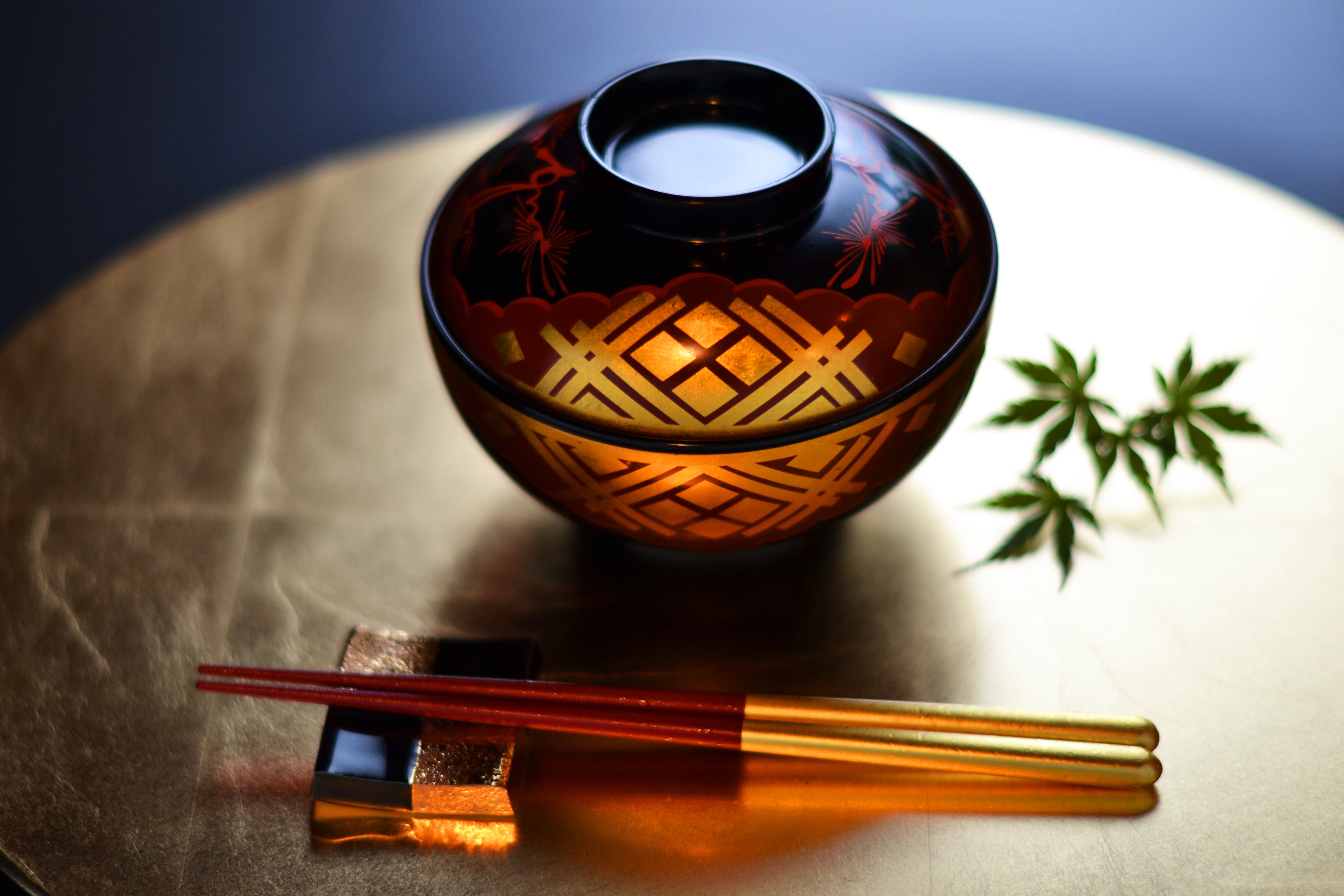





Urushi: The Art of Japanese Lacquer
One timeless art form has been woven into Japanese culture for thousands of years, standing as a pinnacle of elegance and refinement: urushi, the art of lacquer.
Even its name tells a story. Believed to come from "uruwashi" (elegant and beautiful) or "uruoshi" (to enrich), urushi is more than a craft; it's a symbol of Japan's timeless aesthetics.
What is Urushi?

Urushi is a natural resin lacquer made from the sap of the urushi tree (Toxicodendron, of the Anacardiaceae family), a plant native to Asia. The lacquer is harvested by tapping mature trees through a series of shallow horizontal cuts on the trunk. From these cuts, a grayish-yellow sap slowly oozes out and is carefully collected.
Similar to how pearls are born, when the lacquer tree is cut, it produces resin to heal and protect itself. The lacquer trees must be carefully raised and nurtured for 10 to 15 years to mature, and even then only about 200 grams of resin can be collected. It is thus a natural resource of great scarcity and value. From these trees the lacquer tapper slowly collects the resin over a period of about 5 months.
The Craft Beneath the Shine

Once gathered, the sap is filtered, heat-treated, and often colored. To cure it, the lacquer is applied and placed in a warm, humid environment for 12 to 24 hours. During this time, the urushiol in the sap polymerizes, creating a hard, glossy, and waterproof finish.
Urushi is typically applied to a carefully polished wooden base. Woods like Japanese zelkova (keyaki) are favored for their strength and resistance to warping, while birch, buckeye, and Japanese cedar (sugi) are also commonly used.
These materials are chosen not only for their durability but also for how well they complement the lacquering process. The creation involves building up multiple layers of lacquer, often enhanced with decorative techniques such as maki-e (sprinkling gold or silver powder) and chinkin (engraving and inlaying with precious metals), turning each piece into a work of art.

Urushi Through Time
Using urushi is one of Japan’s earliest art forms. Urushi has a history stretching back nearly 10,000 years, to Japan’s Jomon era. Originally used as a protective coating for wood, its durability made it ideal for preserving tools and objects.
With the arrival of Buddhism, urushi evolved from a simple coating into a refined art. Because of its rarity and value, it was first reserved for sacred objects. Over time, it found its way into the everyday lives of the nobility, becoming a symbol of beauty and prestige.
Eventually, urushi craftsmanship expanded into all areas from household items to even samurai armor.

Why Urushi stands apart
Unmatched durability
Urushi is known for its exceptional durability and protective qualities, making it ideal for preserving objects and withstanding the test of time.
Timeless Elegance:
Urushi pieces are lightweight, easy to handle, and known for their smooth, almost silky texture. Their natural luster adds a quiet elegance, while the refined simplicity of urushi lacquer brings a sense of style and understated luxury to any dining setting.
Naturally Hygienic:
Urushi is naturally antibacterial after it is fully cured. Modern testing has supported its antimicrobial effects, making it not just aesthetically valuable but also hygienic.

From ancient rituals to modern design, urushi remains a symbol of lasting beauty. Whether in daily life or on display, it speaks to a tradition that still feels fresh even today.
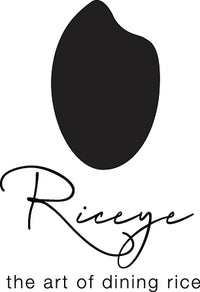
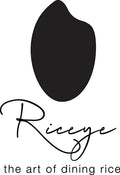
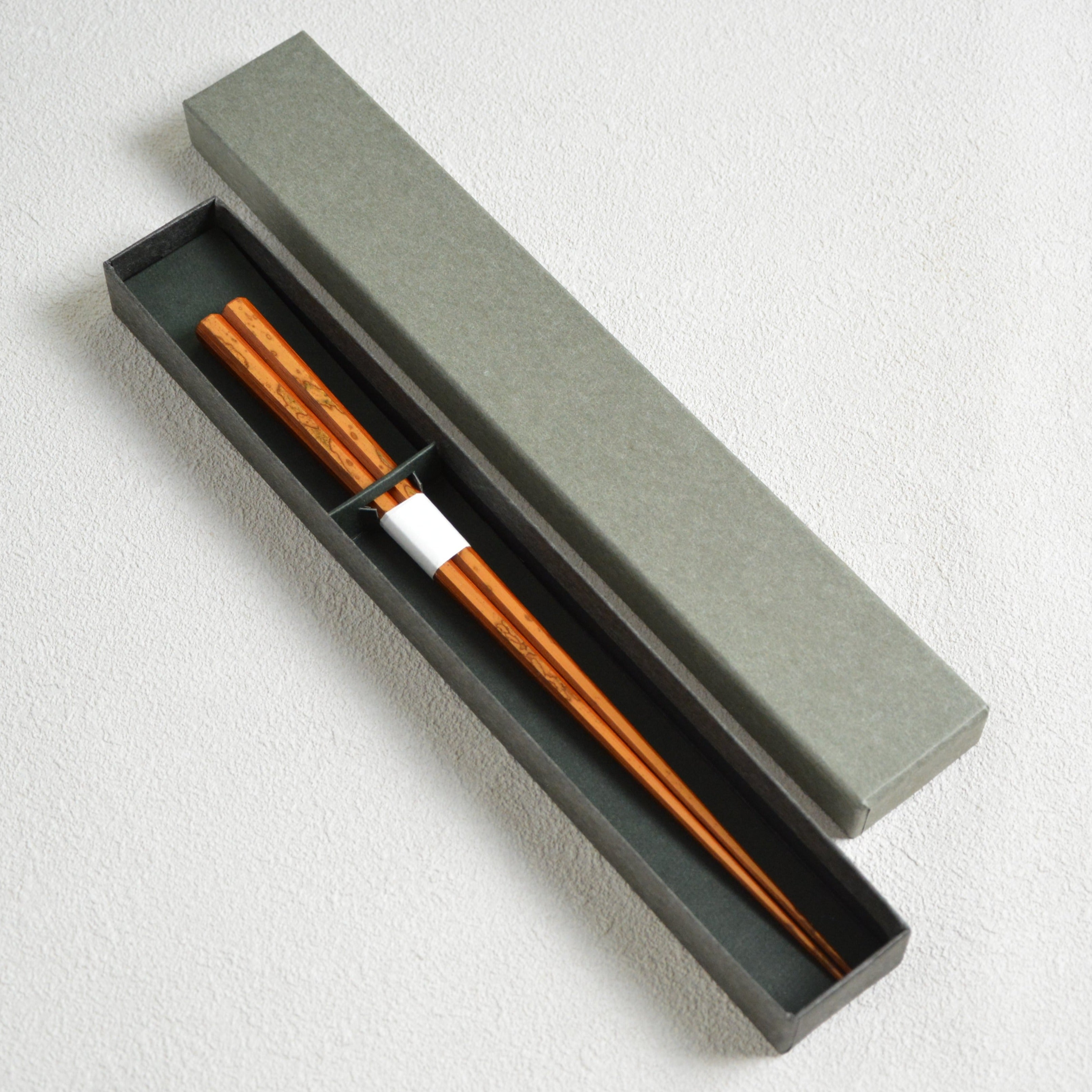

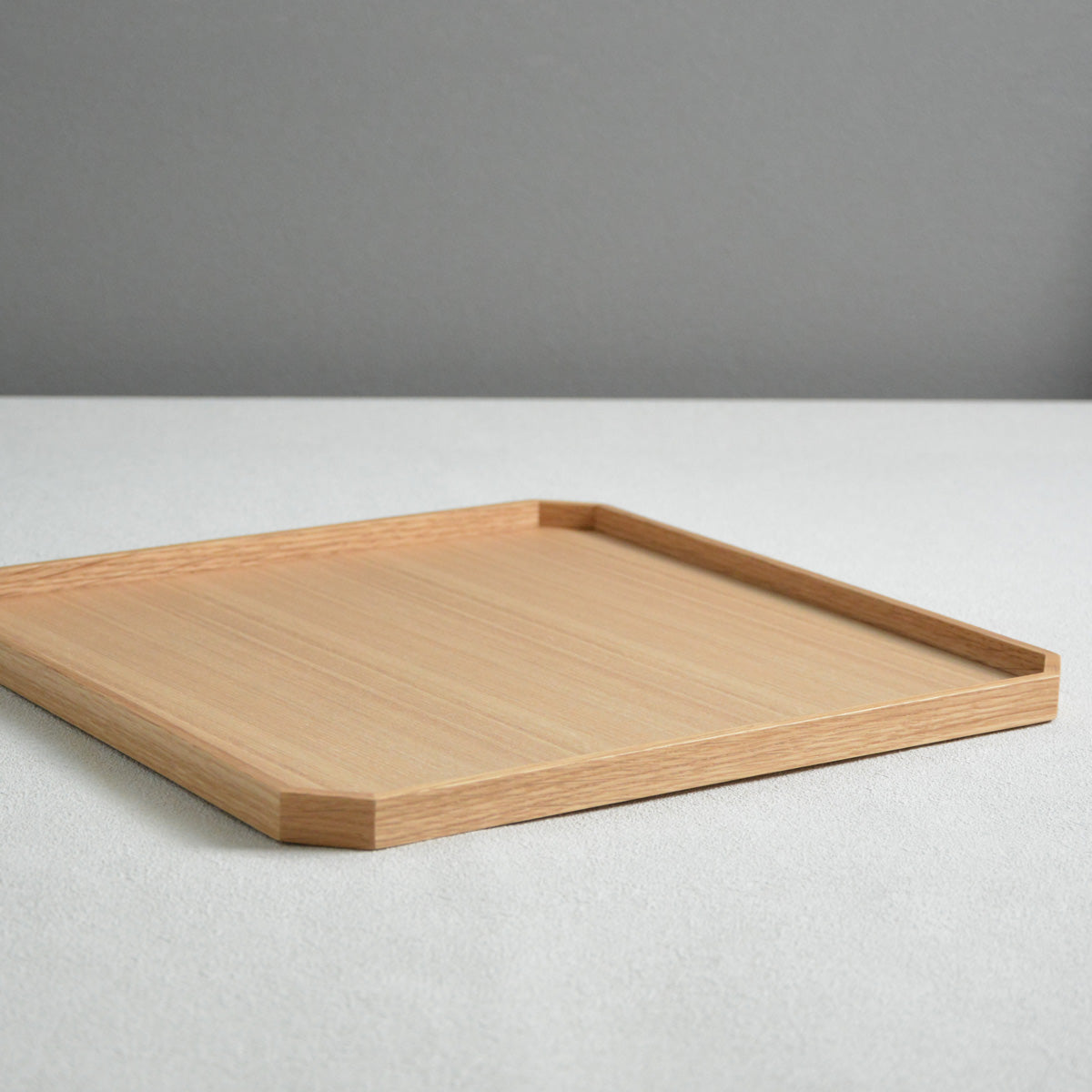
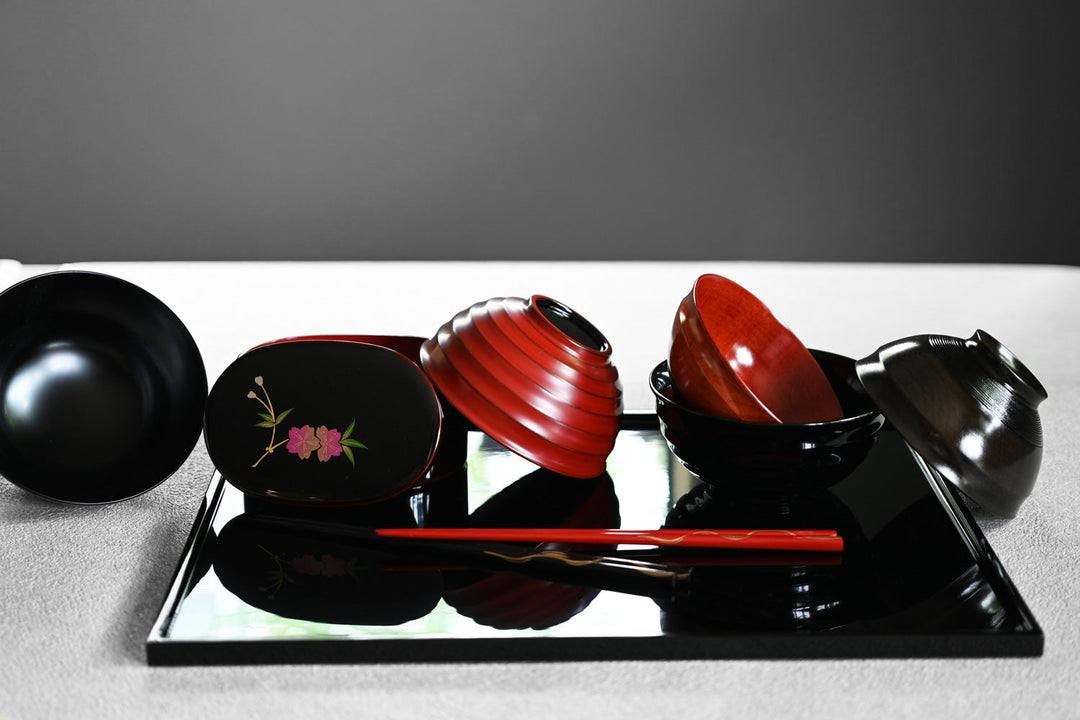

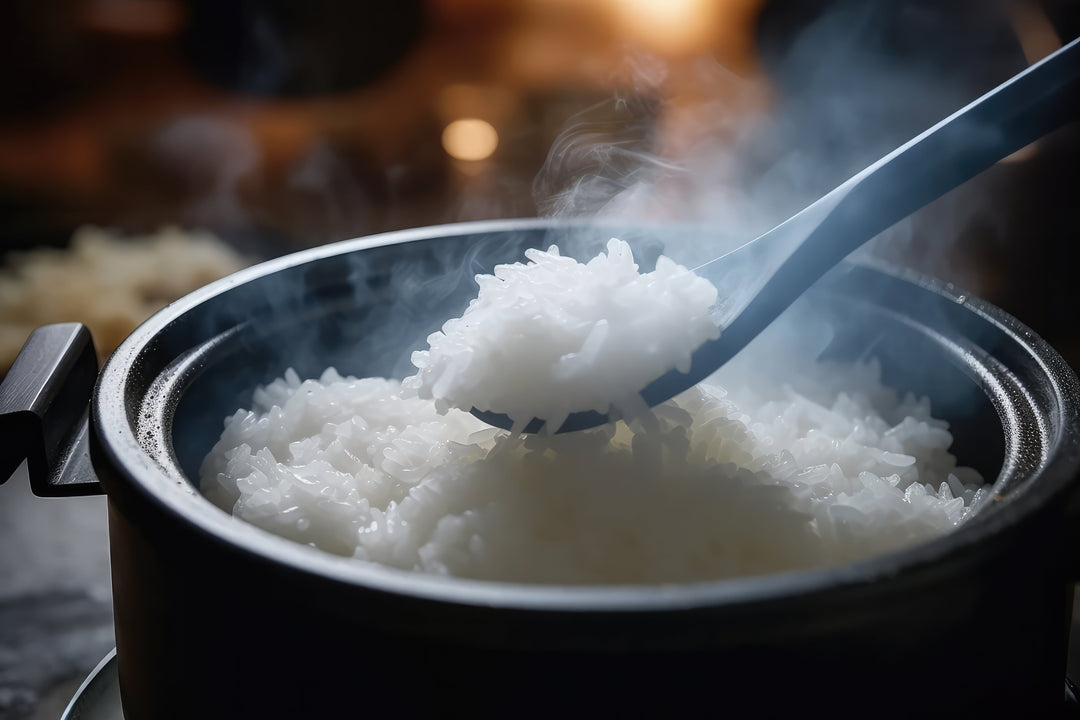
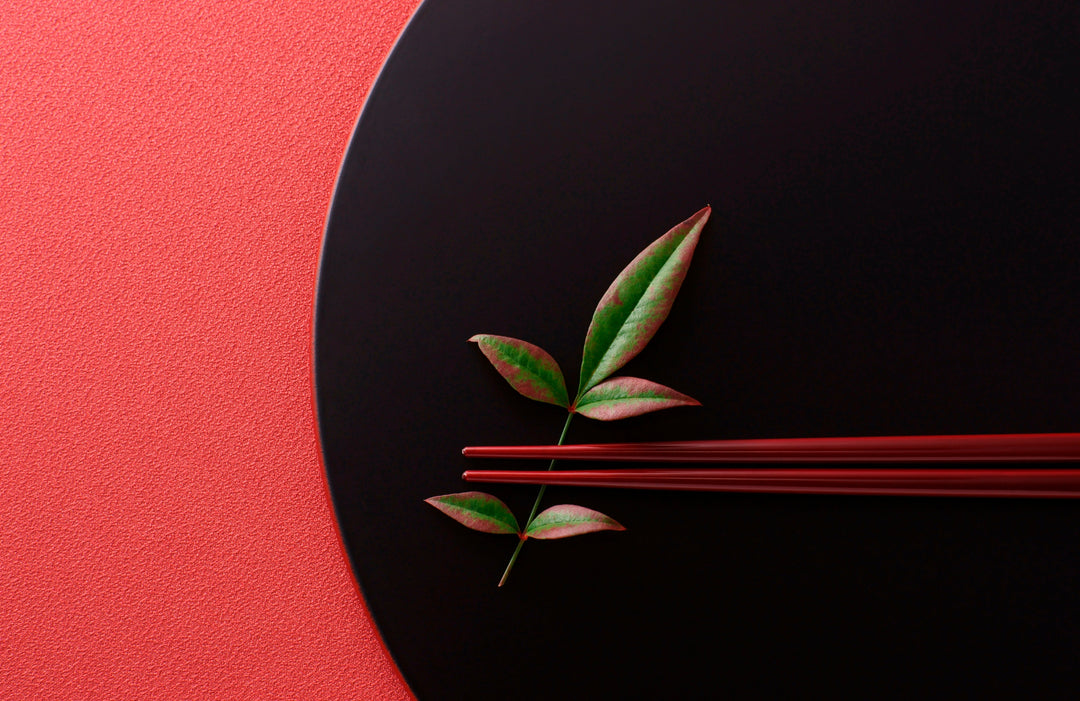
Leave a comment